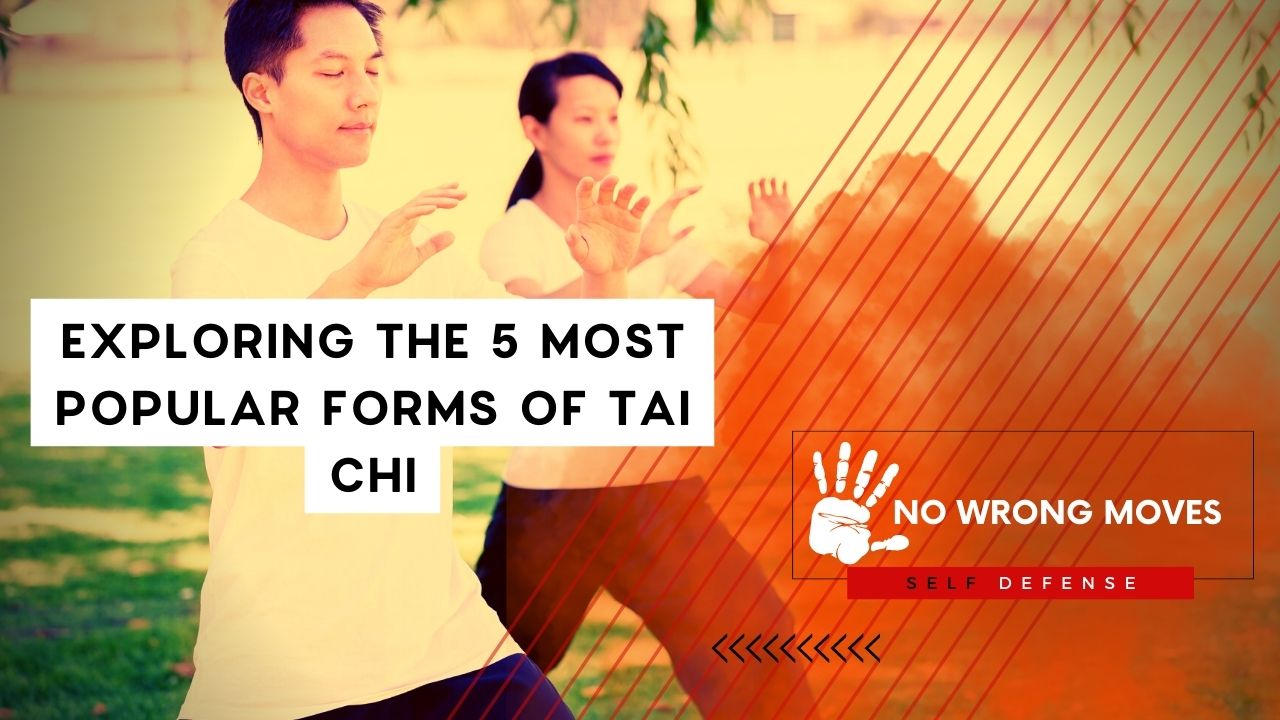
The ancient Chinese practice of tai chi has maintained steady popularity for over a thousand years, and it's easy to see why. With a focus on slow, deliberate movements and controlled breathing, tai chi can help reduce stress, improve balance and flexibility, and even relieve pain.
There are many different styles of tai chi, each with its own unique characteristics and benefits. In this article, we'll be exploring the 5 most popular forms of tai chi and delve into the specific benefits they offer to practitioners.
Join us as we take a journey through the world of tai chi!
Exploring the Power of Tai Chi

Tai chi is an ancient Chinese tradition that has been used for centuries to promote balance, mindful breathing, and overall well-being. As a popular form of exercise with practitioners all over the world, it involves the use of the full-body to perform detailed, intricate movements.
Practitioners of tai chi are already wholly aware of its many benefits, both physical and mental--improved joint flexibility and better coping with symptoms of depression, just to name a few.
Hundreds of thousands of people have already had their overall health greatly benefit from consistently practicing tai chi.
And even if we ignore all of that, tai chi just all-around feels good! It's a fun and relaxing way to de-stress and thank our body for a hard day's work.
Unveiling The 5 Most Popular Forms of Tai Chi

Tai chi comes in many forms, with each having its own unique benefits and techniques. The 5 most popular forms of tai chi are: Chen-style, Yang-style, Wu-style, Sun-style and Hao-style.
There are a few key things to keep in mind for each of these, as they all prioritize different things and offer something unique from each other.
Chen-style tai chi is a traditional form that is known for its powerful and dynamic movements. This form of tai chi is believed to help improve strength, balance, and coordination. It has also been said to improve mental clarity and focus.
Yang-style tai chi is the most popular form of tai chi and is known for its graceful, flowing movements. This form is believed to help reduce stress and improve overall relaxation. It is also thought to reduce the risk of injury due to its slow and gentle nature.
Wu-style tai chi is a more relaxed form of tai chi that is known for its slow, steady movements. This form of tai chi is believed to improve balance and posture, as well as reduce joint pain and stiffness.
Sun-style tai chi is slower and more focused than other forms. It is known for its smooth, balanced movements and is believed to help reduce stress, improve mental clarity and focus, and reduce physical pain.
And then finally, we've got Hao-style tai chi, the youngest and is the most recent form of tai chi. It is known for its fast, explosive movements and is believed to help improve coordination, balance, and agility.
Chen-Style Tai Chi
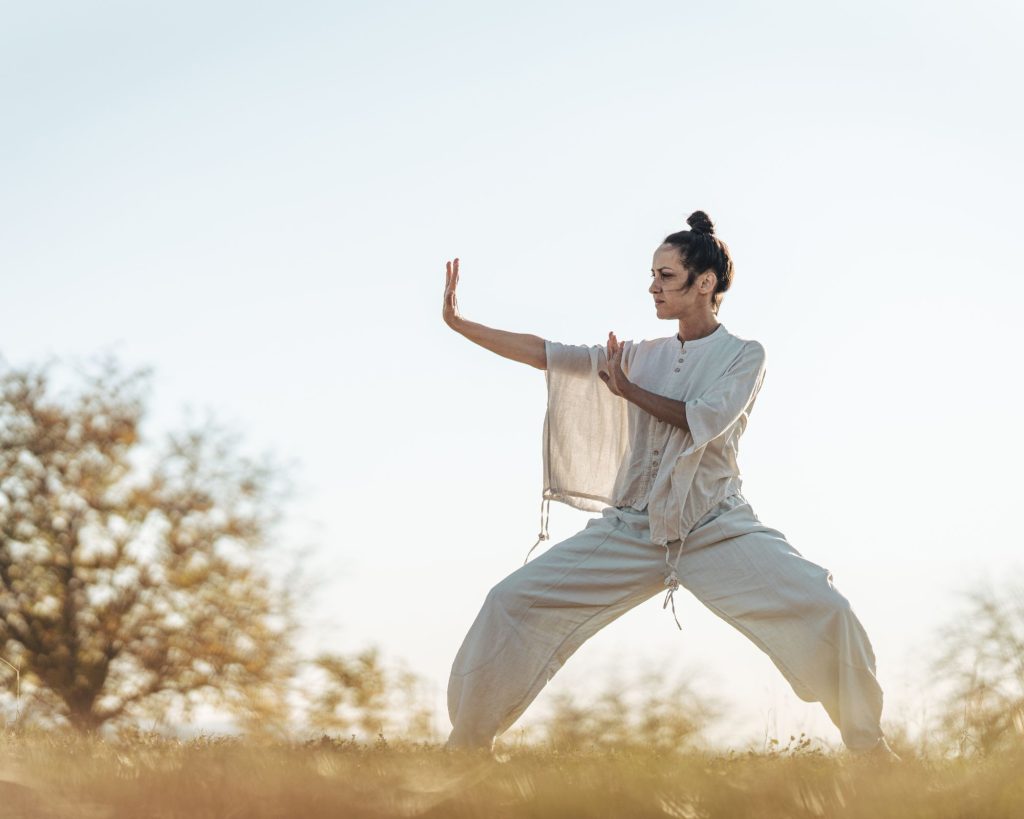
Chen-style tai chi is the oldest form among the 5 most popular forms of tai chi, and it's known for its powerful and dynamic movements. This form of tai chi is said to be the root of all other forms of tai chi and is considered to be the most effective and powerful form.
As the oldest and original form, it boasts a unique combination of soft and powerful movements, varying tempos, and techniques including kicks, punches, and jumps. This style offers the most physical and cardiovascular workout compared to all other tai chi styles.
Chen-style originated from the Chen Village, located in the Henan Province of China. It's especially fitting for those who want to explore the martial arts aspect of tai chi or are looking for a more energetic form for the practice. It also complements other martial arts or sports perfectly.
Within Chen Style Tai Chi, we have the Chen Style First Routine, and then the Chen Style Second Routine, or the Cannon Fist.
The Chen Style First Routine is a challenging form to learn, with 83 moves that require three terms of training courses (Chen Level 1, Chen Level 2, and Chen Level 3) to master. After that, students move on to the Chen Advance training course.
Cannon Fist, on the other hand, is all about powerful and lightning-fast movements. With a combination of hard and soft moves, including jumps, spins, kicks, and punches, the entire form exudes elastic explosive power.
Naturally, you should only try out Cannon Fist after completing the Chen Style First Routine and attended at least one term of Chen Advance classes.
Yang-Style Tai Chi
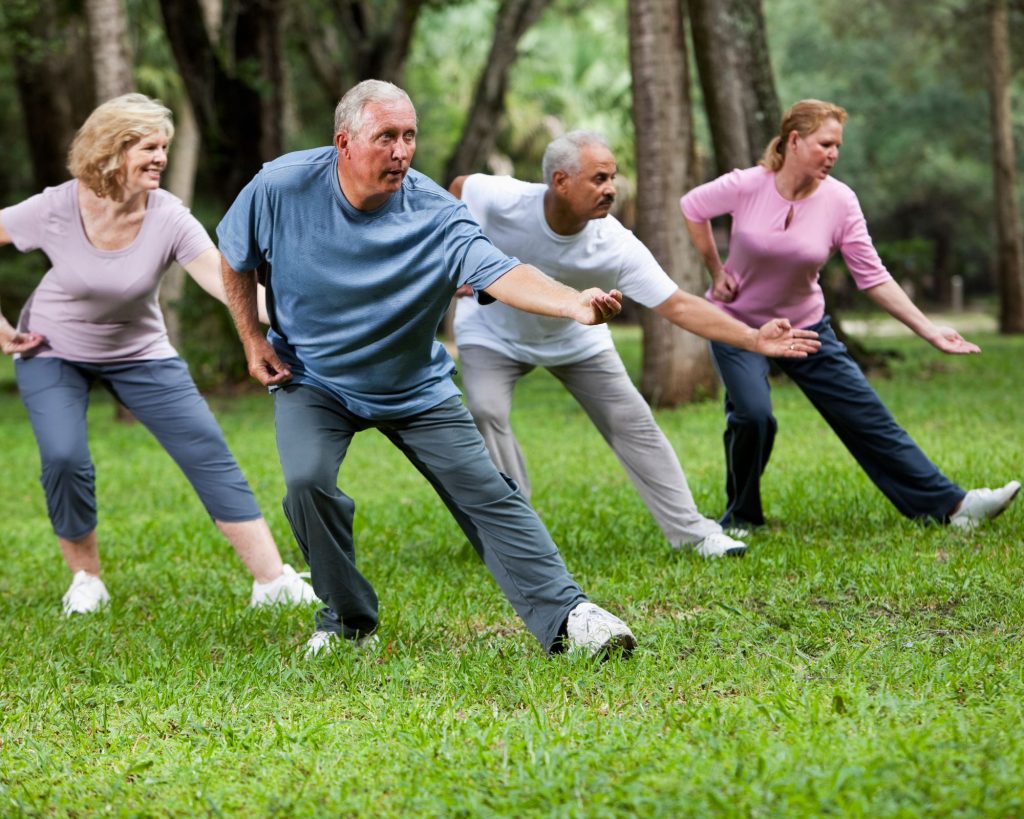
When it comes to the 5 most popular forms of tai chi, Chen-style tai chi may be the oldest, but it's Yang-style that's the most popular. Known for its graceful and flowing movements, this form is the go-to choice for those looking to practice tai chi around the world.
While the required stances are wide and low, practitioners can adjust them to a higher and narrower stance based on their abilities. The movements are mostly linear and big, with a consistent slow pace throughout the entire form.
Yang-style's prominence isn't without reason--it's an accessible style of tai chi that's a great fit for a wide variety of people. Families can participate in it together, and anyone with injuries or physical limitations can still enjoy a slow and low-impact exercise.
Those seeking to calm their mind but cannot do it by sitting still can also benefit from this form, as well as those looking to improve their balance to prevent falls.
It's also easy to set up. Yang-style tai chi can be done anywhere, anytime, since it doesn't require lying on the ground, complicated equipment, or special attire.
Learning all 85 moves of the form requires two terms of training courses, specifically the Yang Level 1 and 2. Afterward, students can progress to the Yang Advance training course.
Wu-Style Tai Chi
Wu Style Tai Chi, the second most popular style of tai chi in the world, stands out for its medium stance and more compact movements compared to other styles.
But what really sets it apart from and cements its place among the 5 most popular forms of tai chi is its unique emphasis on body extension through leaning forward and backward, rather than standing upright like other styles.
This posture is supported by the back leg, enabling further extension without sacrificing balance. The benefits of this stance are immense, particularly in strengthening the lower back and core.
Learning Wu Style Tai Chi is a journey that takes three terms of training courses, namely Wu Level 1, Wu Level 2, and Wu Level 3, to complete all 89 moves of the form.
Once the student has mastered these moves, they progress to a more advanced training course, where they continue to hone their skills and perfect their form--or look a little further and delve a little deeper into the 5 most popular forms of tai chi!
Sun-Style Tai Chi
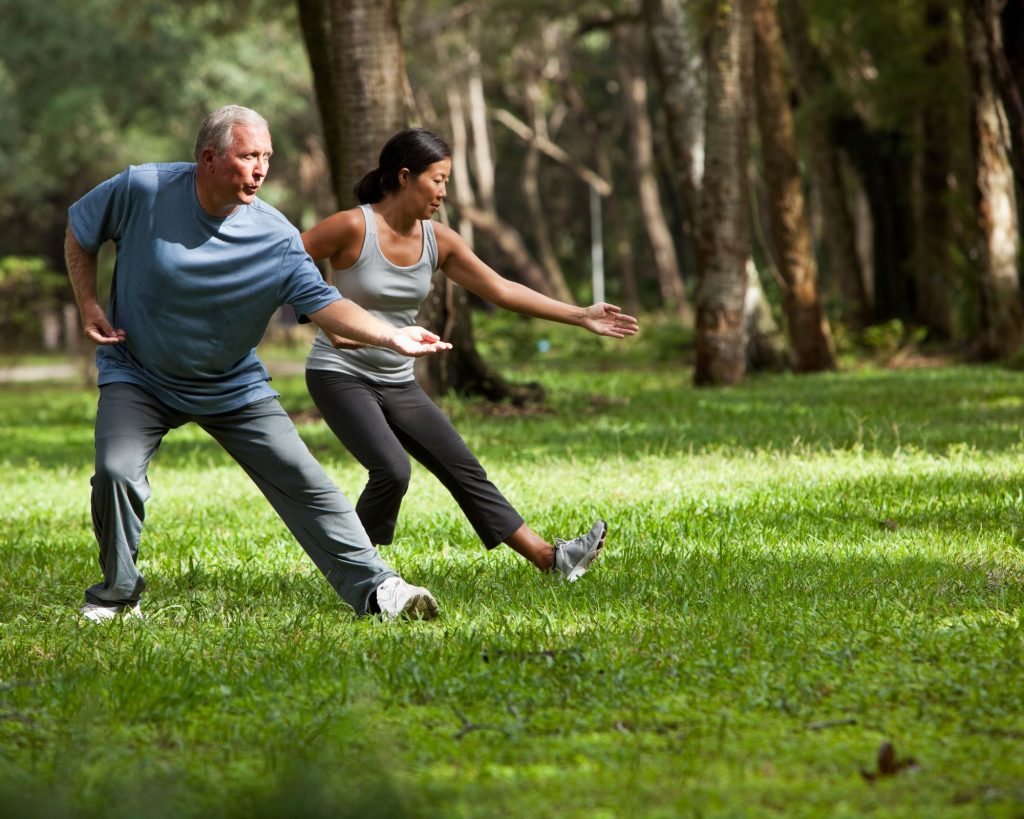
Sun-style tai chi is known for its smooth and flowing movements, which make it a great choice for martial arts therapy. Unlike most of the other styles, Sun-style doesn't require a lot of crouching, leaping, or explosive power, making it easier on the body overall.
Sun Lutang, the creator of this style and a prominent name among the 5 most popular forms of tai chi, was an expert in other internal martial arts styles like xingyiquan and baguazhang before turning his attention to tai chi ch'uan.
He was also a highly respected scholar of Neo-Confucianism and Taoism, with a deep understanding of Yi Jing and the tai chi classics.
Today, Sun-style tai chi chuan is ranked fourth in popularity and fifth in terms of seniority among the 5 most popular forms of tai chi.
Hao-Style Tai Chi
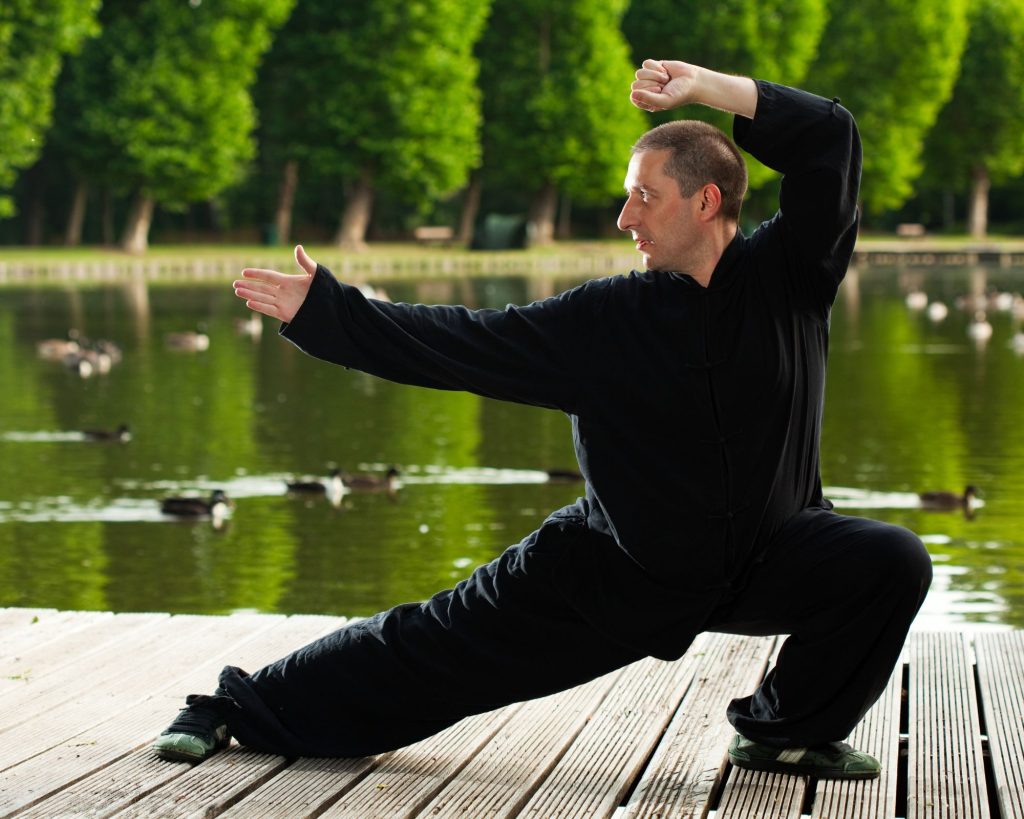
Hao-style was developed by Wu Yuxiang, a member of an influential family from China's Yongnian region.
After studying with the founder of Yang-style tai chi for ten years and a Chen-style master for over a month, Wu developed his own style. He also penned a manual on internal martial arts, which included his own writing and formed the basis of the T'ai Chi Ch'üan Classics.
It was Hao Weizhen, a disciple of Wu's nephew, who was the first outsider to master the family's tai chi. Hao's contributions to spreading the art and training the founders of all subsequent Wu (Hao) lineages were critical.
His surname is often included alongside or in place of Wu's when referring to the style.
Unlike other tai chi styles, Hao-style emphasizes internal qi and significant internal movements to trigger subtle outer movements.
If you're a beginner, then this style probably isn't for you just yet. It requires a strong focus on controlling the movement of qi.
If you're pretty well-versed with tai chi though and are eager for a new challenge, then check Hao-style out! It's a more advanced style of tai chi with its own unique flavor.
Conclusion
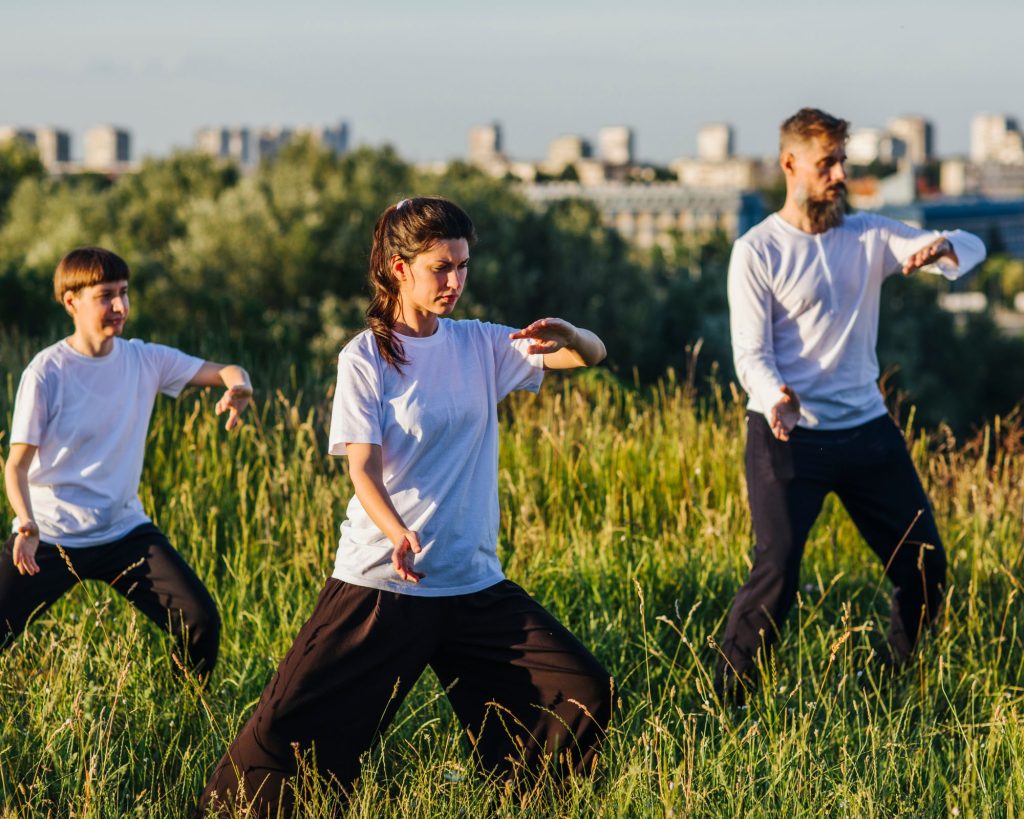
And there you have it, a comprehensive overview of the 5 most popular forms of Tai Chi and their unique benefits.
By incorporating Tai Chi into your daily routine, you can experience the many benefits of this ancient practice and improve your overall health and well-being.
Each has unique benefits, strengths, and weaknesses, and if you look into them well enough, you'll be able to decide which one is best for you!
That's all we've got for tai chi today. Why not have a look at BJJ in the meantime?
[author-box-jpx-fitness]
